Discovery
As it sits in the rain shadow of nearby Kauai, Niihau is largely arid, which means water is scarce. When Captain James Cook came across it in 1778, he described it as largely treeless.
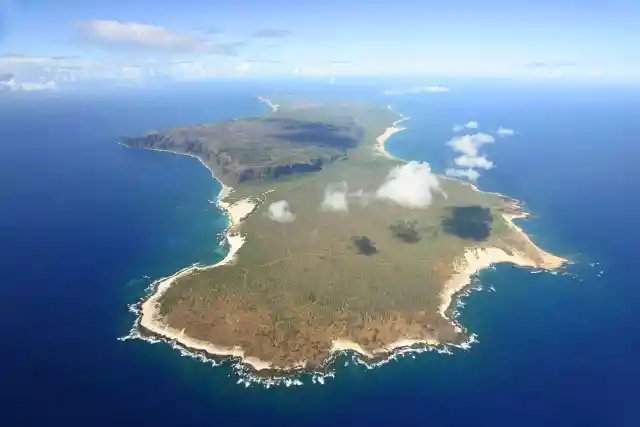
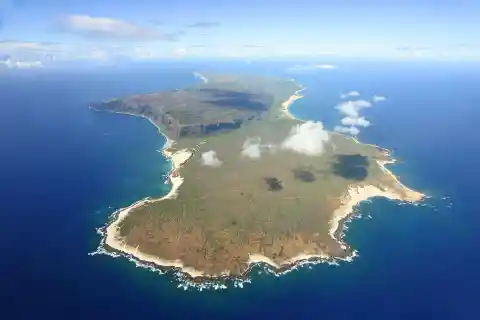
Because of it being treeless, several droughts have been recorded on Niihau, including one in 1792. During that time, Cook’s junior officer, George Vancouver, heard of people fleeing the island in search of food.
Purchase
In 1864, Elizabeth Sinclair from Scotland, who owned a plantation in New Zealand, purchased Niihau island from King Kamehameha V of Hawaii for $10,000\. The family then established a cattle ranch.
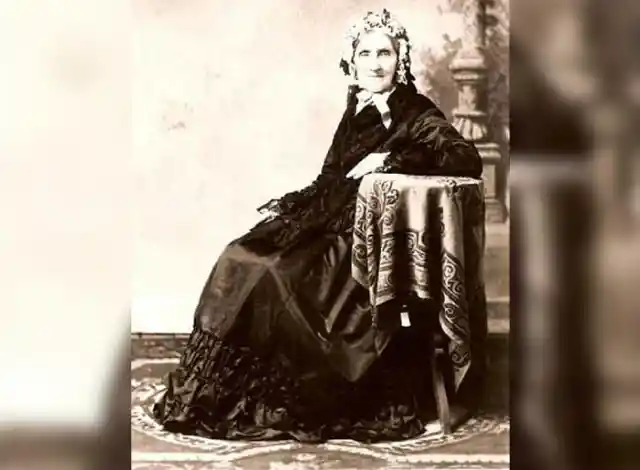
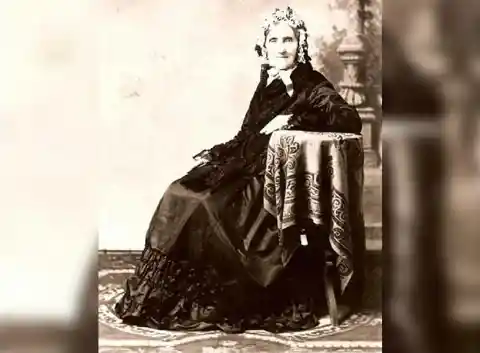
The King sold the land with some advice. He said, “Niihau is yours. But the day may come when Hawaiians are not as strong in Hawaii as they are now. When that day comes, please do what you can to help them”.
Sugar Plantation
In the early years after the island was bought, the Calvinist Sinclairs required all residents of the island to attend church on Sundays.
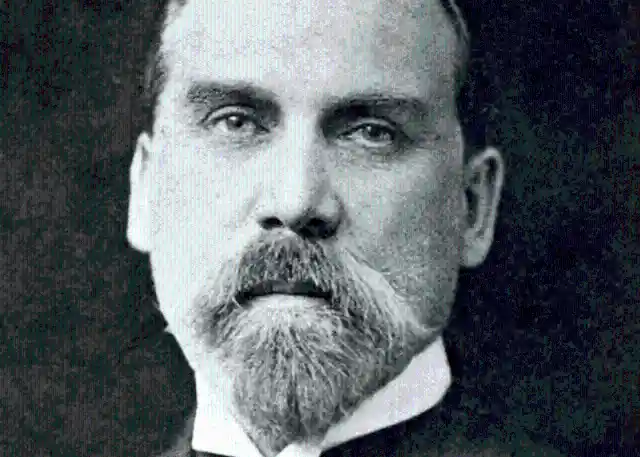

In the years that followed, Aubrey Robinson, that is to say, Sinclair’s grandson, developed a sugar plantation on nearby Kauai, and he set about planting 10,000 trees on Niihau each year. Thus, rain started pouring more frequently on the island.
Native Hawaiian Culture
The Robinsons continued to preserve the island and helped maintain the native culture known as “kahiki”. Hawaiian is still widely spoken, making Niihay one of the few places where the language is common.
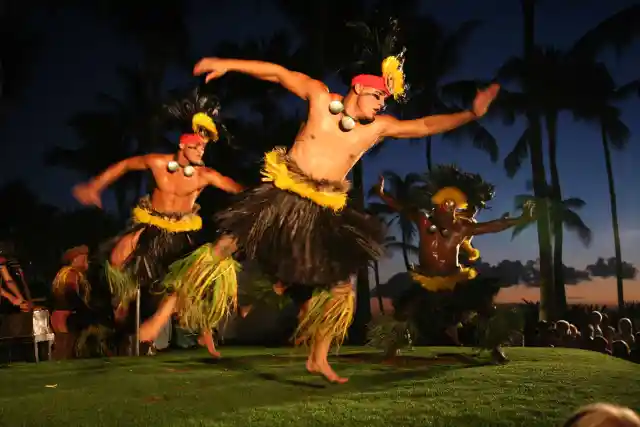
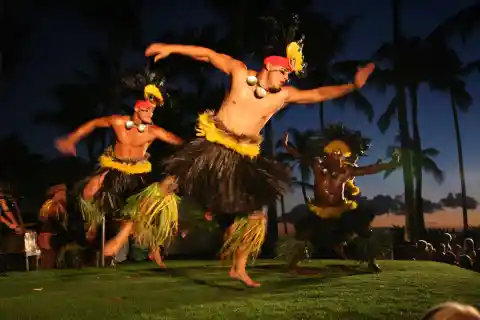
Throughout the years, many residents have farmed and fished as their ancestors, and many others found work on the Robinsons’ ranch.
Basic Infrastructure
Honoring the promise to the King, the Robinsons ensured their workers a wage and gave all residents free homes. As the Niihauans don’t have contractual rights, though, they may be evicted.

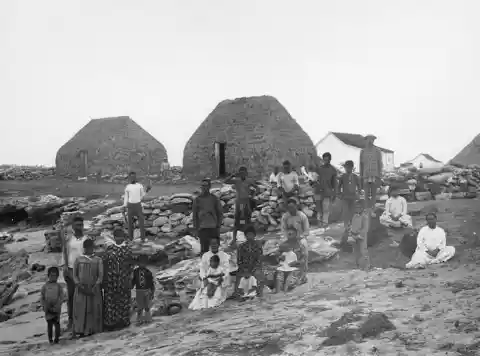
Even though the Robinsons provide locals with free food and education, the infrastructure of the island is still basic. For example, they don’t have running water on the island, so the residents have to collect rainwater.
Eco-Friendly Power Source
As there are no electricity lines on the island, homes run on solar power. And even though it sounds primitive, Bruce Robinson, grandson of Aubrey Robinson, revealed that the eco-friendly power source has proven beneficial.
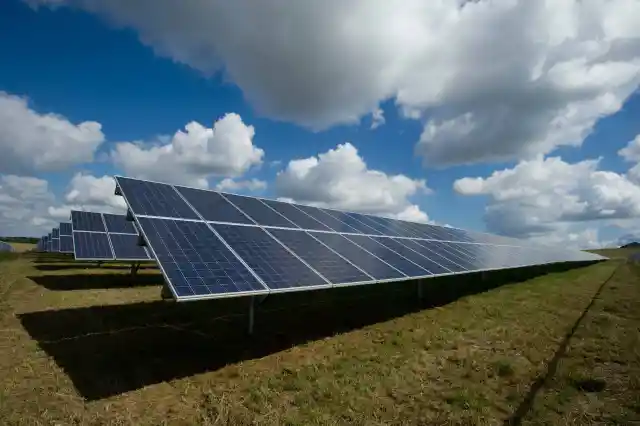
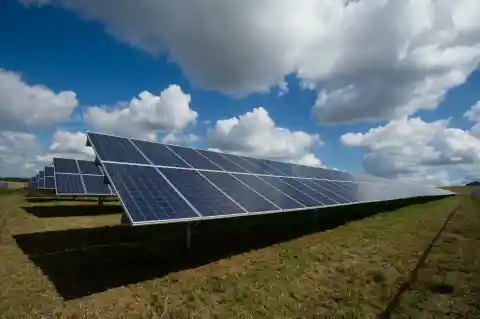
In 2010, Robinson told in an interview with ABC that _“Every house has solar power. Every house has its own water system. At the time when we had hurricanes, where the rest of the islands took months to recover, Niihau took three days, and we were back on our feet, the schools were running and everything.”_
Beach Life
Another thing you will not see on the island are motor vehicles, and as the island has no proper roads, residents travel by horse. Moreover, many of them make regular trips over to Kauai, where there are more jobs, schools and access to medical care.
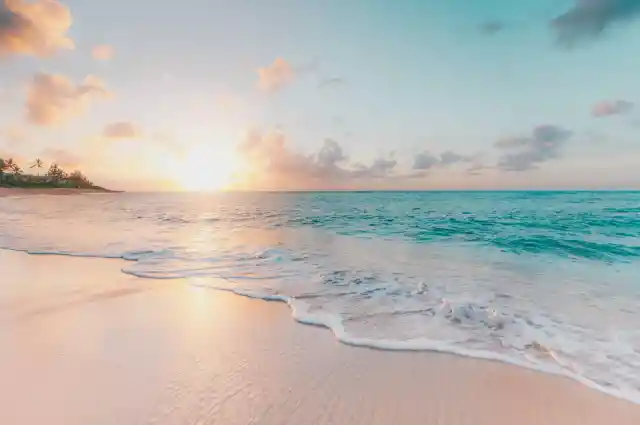
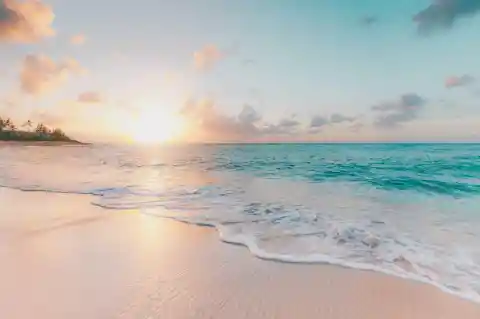
While they are not working, Niihauans spend time on the beach or stay at home watching pre-downloaded television or films on their computers or tablets. Hawaiian music is a constant on the island, and many residents play guitar or ukulele.
Alcohol Ban
Given that there are no stores on the island, once a week, a barge containing goods is sent to Niihau from Kauai, shipped free of charge. The Robinsons, nonetheless, have banned alcohol, tobacco and guns from the island.
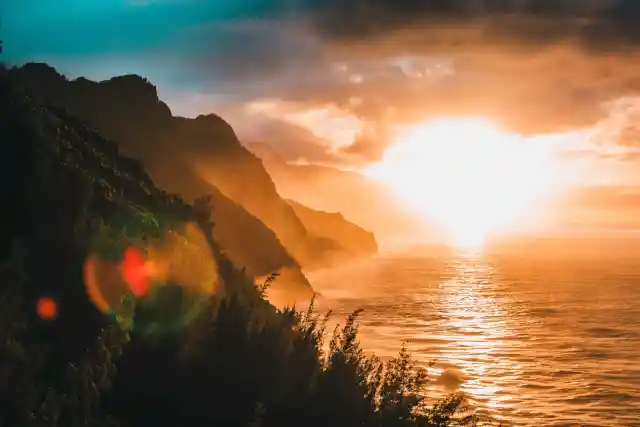
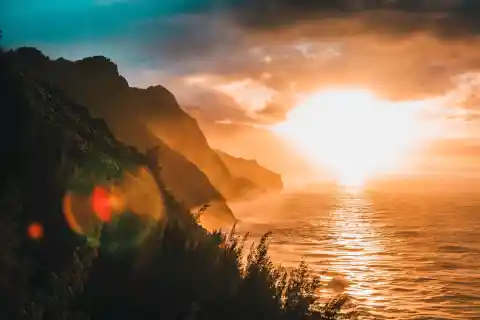
As per the request of the king when the island was sold, the Robinsons made little changes to the island, and it remains largely the same as it was. The island is maintained for its people.
Original Lifestyle
When the king sold the island, he also told the Robinsons that “These are now your subjects. You are to take care of them the best you can for the rest of the time”. Their family continued that request.
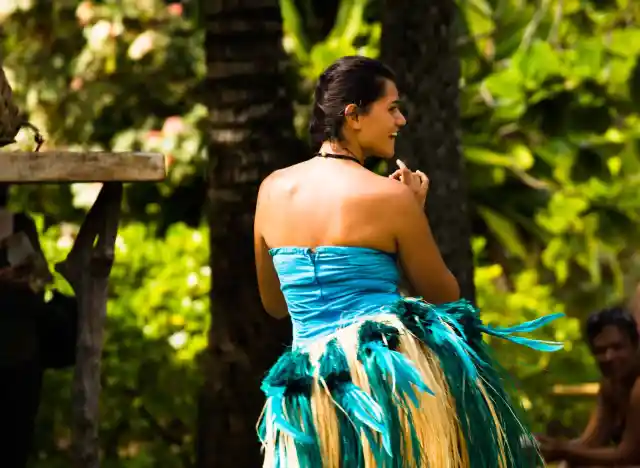
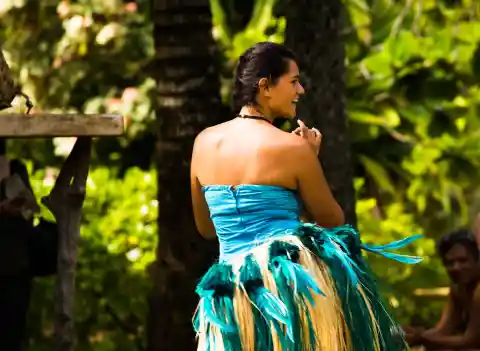
The kahiki lifestyle, that is to say, the original Hawaiian lifestyle, traditional in every sense, has been maintained on the island. It is under extreme pressure from the outside world, and the Robinsons are trying to save it.
Forbidden Island
The island has been off-limits to the general public since 1952, when a polio epidemic struck the Hawaiian Islands. In order to preserve the island, the Robinsons decided to close off Niihau, thus obtaining the nickname “Forbidden Island. “
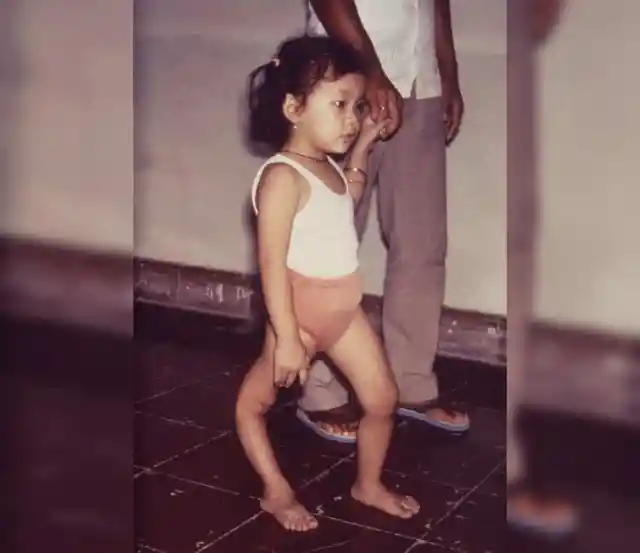

Bruce Robinson explained to ABC the reasoning behind the closing off of the island. _“My uncle wanted to protect the residents here from the epidemic, and it was forbidden to come out here unless you had a doctor’s certificate, and there was a two-week quarantine. And it worked. We never got polio out here.”_
Growing Mystery
Nonetheless, even after the polio threat had ended, Niihau remained inaccessible to the public, and the mystery surrounding the island kept growing.
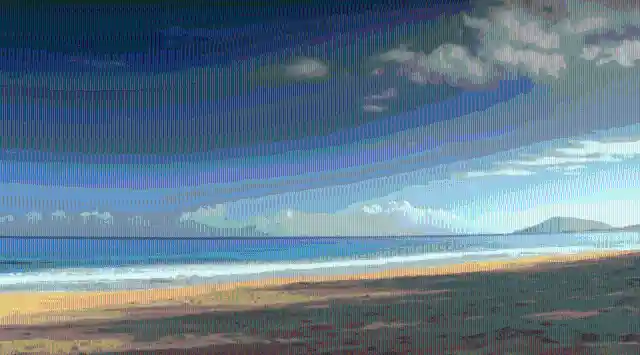

The head of the family Helen Matthew Robinson told the New York Times in 1970 that _“It’s just a little cattle ranch we operate in our own way”_ and that _“There’s nothing sensational about it, I don’t see why everyone is so interested in it”._
Closest Neighbors
Most of the residents of the neighboring island of Kauai have never set foot in Niihau. To them, the island is simply a silhouette on the horizon and is considered a backdrop to the area’s famous sunsets.


That doesn’t mean that the island is not important to other Hawaiians. Mike Faye, who grew up on Kauai, told ABC that _“Growing up as a kid, in the mornings the sun would reflect off the mountains there and it was almost like you could reach out and touch the place.”_
Preservation
Mike Faye continued saying that, to him, Niihau was a silent sentinel across the ocean that gave the residents of Kauai comfort from the storms. “Niihau gives us that point on the horizon out there. It’s close; it’s always there. It guards us against that side of the world,” he added.
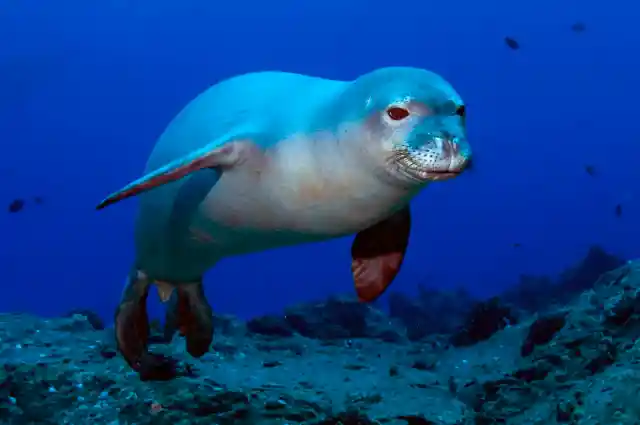
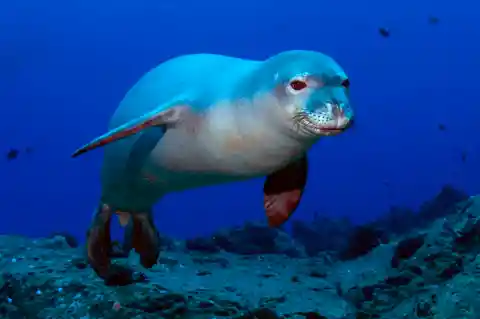
Thanks to the conservation and preservation efforts of the Robinsons, the island remains an unspoiled idyll. The family documented many of the island’s resources and are working to protect the endangered Hawaiian monk seal.
llio-holo-i-ka-uaua
The seal is known to the Hawaiians as Ilio-holo-i-ka-uaua or “dog that runs in rough water.” According to ABC, it is believed to be the most endangered species of seal in the world. Only 150 lived in the Hawaiian Islands in 2010, and 87 of them lived on Niihau.
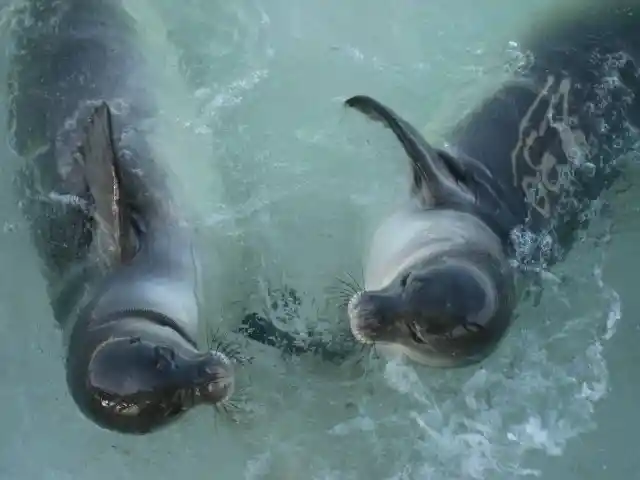
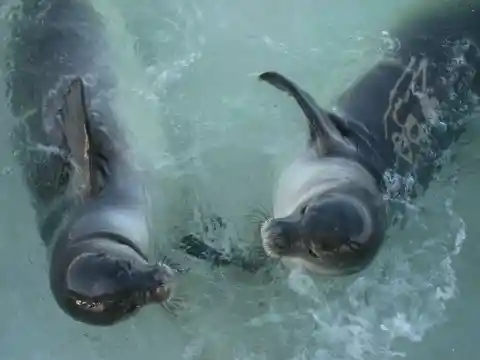
The island then acts as a crucial nursery for monk seals, and the animals feel safe there. Nowadays, the beaches of the island see a lot of these marine mammals, even though in the past, the relationship between these animals and local residents wasn’t positive.
Limited Tourism
Slowly, the Robinsons decided to open the island to tourism to offset the cost of the helicopter they run, which serves as an emergency vehicle for residents. For the Robinsons, limited tourism is low-impact, and they like it.
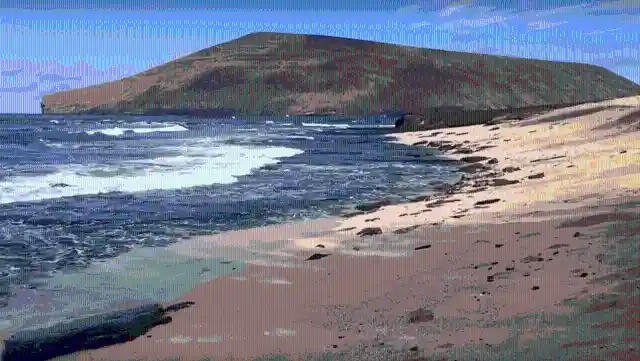
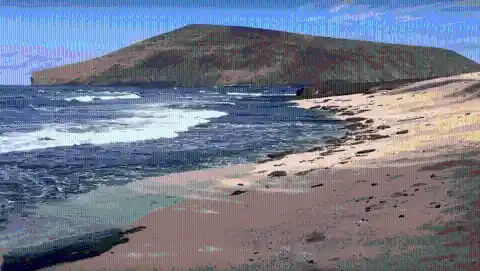
When describing what visitors could expect, Robinson said _“When you come out to Niihau, what you are immediately going notice is the peace and quiet. The fact that you’re going out to a beach that doesn’t have any people on it doesn’t have a lot of foot tracks on it. It’s an open, empty beach.”_